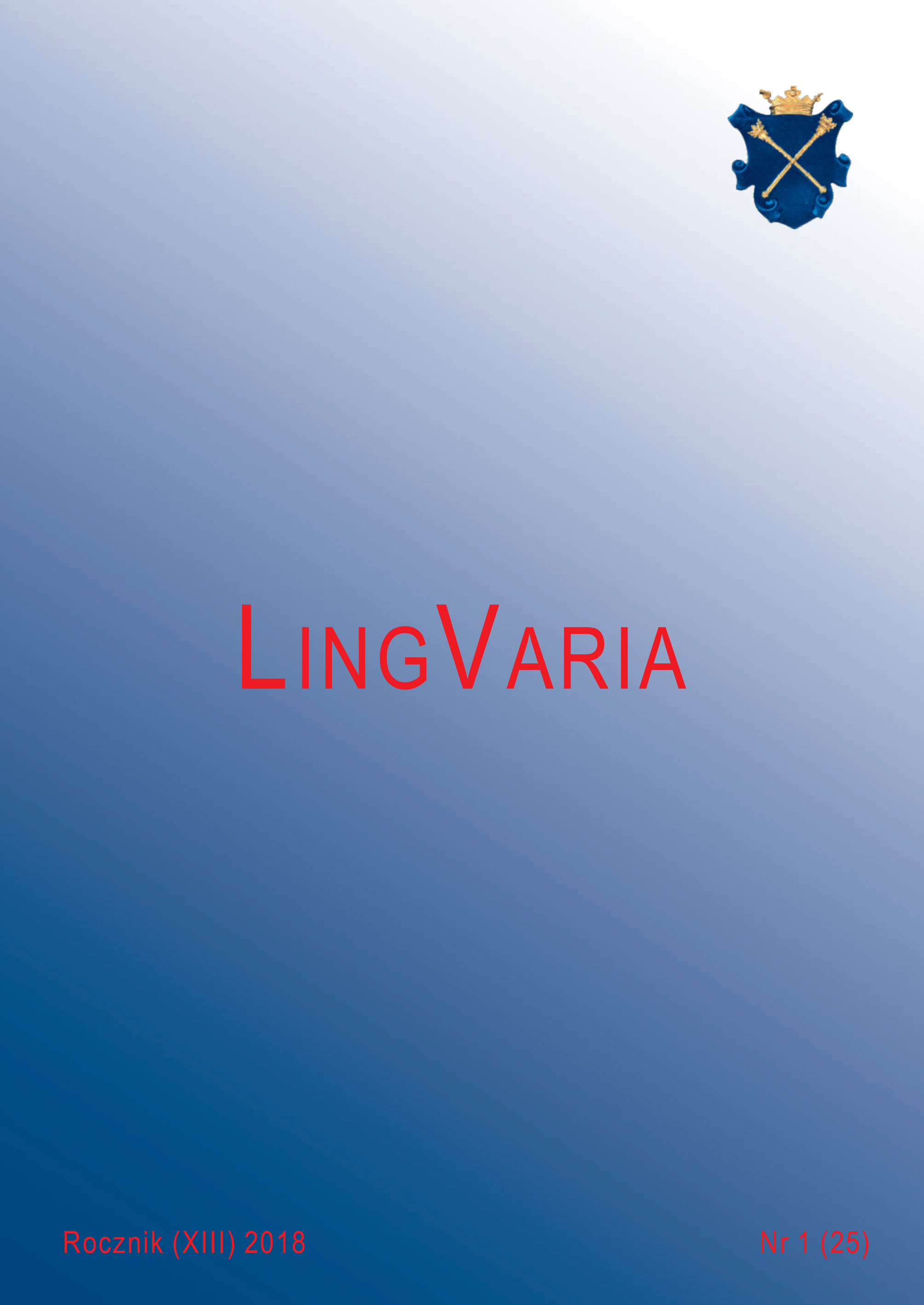The Indo-European Family Tree and its Split – a Report from the Workshop "The Indo-European Family Tree"
DOI:
https://doi.org/10.12797/LV.13.2017.25.01Słowa kluczowe:
drzewo języków indoeuropejskich, rozpad praindoeuropejskiej wspólnoty językowej, italo-celtycki, greko-ormiański, języki germańskieAbstrakt
The paper provides an overview of a number of recent presentations of the Indo-European family tree and the split off its branches, as found in standard textbooks on the topic. These views are contrasted against the results of a workshop, The Indo-European family tree (University of Copenhagen, 15–17 Feb. 2017). Our account specifically addresses whether there are reasons to assume the existence of Italo-Celtic, Graeco-Armenian and what is the position of the Germanic branch in the tree. The use of new archaeological methods, computational cladistics and DNA-studies and their possible importance for diachronic linguistics are also mentioned.
Pobrania
Bibliografia
Allentoft M.E. et al., 2015, Population Genomics of Bronze Age Eurasia, “Nature” 522, p. 167–172, [on-line:] http://dx.doi.org/10.1038/nature14507.
Beekes R.S.P., 2011, Comparative Indo-European Linguistics. An Introduction, Amsterdam.
Chang W. et al., 2015, Ancestry-Constrained Phylogenetic Analysis Supports the Indo-European Steppe Hypothesis, “Language” 91(1), p. 194–244, [on-line:] https://doi.org/10.1353/lan.2015.0005.
Derksen R., 2008, Etymological Dictionary of the Slavic Inherited Lexicon, Leiden.
Evans S.N., Ringe D., Warnow T., 2006, Inference of Divergence Times as a Statistical Inverse Problem, [in:] P. Forster, C. Renfrew (eds), Phylogenetic Methods and the Prehistory of Languages, Cambridge, p. 119–129.
Fortson B.W., 2011, Indo-European Language and Culture. An Introduction, Hoboken.
Haak W. et al., 2015, Massive Migration from the Steppe Was a Source for Indo-European Languages in Europe, “Nature” 522, p. 207–211, [on-line:] http://dx.doi.org/10.1038/nature14317.
Jasanoff J., 2003, Hittite and the Indo-European Verb, Oxford.
Jones E.R. et al., 2015, Upper Palaeolithic Genomes Reveal Deep Roots of Modern Eurasians, “Nature Communications” 6, [on-line:] http://dx.doi.org/10.1038/ncomms9912.
Kapović M., 2017, Indo-European Languages – Introduction, [in:] M. Kapović, A.G. Ramat, P. Ramat (eds), The Indo-European Languages, New York, p. 1–9.
Kortlandt F.H.H., 2013, Palatovelars Before Syllabic Resonants: Another Look, “Baltistica” 48(1), p. 13–17, [on-line:] http://dx.doi.org/10.15388/baltistica.48.1.2146.
Lehmann W.P., 1986, A Gothic Etymological Dictionary, Leiden.
Olsen B.A., 2017, The Greek-Armenian Connection, Part I, Handout, The Indo-European family tree, Copenhagen, 15–17 February.
Ringe D., 2017, From Proto-Indo-European to Proto-Germanic, Oxford.
Robinson O.W., 1992, Old English and its Closest Relatives. A Survey of the Earliest Germanic Languages, London – New York.
Schrijver P., 2017, Italo-Celtic and the Question of i[t]s Homeland, Handout, The Indo-European family tree, Copenhagen, 15–17 February.
Streitberg W., 1905/06, Gotica. 2. Got. ni waihts, “Indogermanische Forschungen” 18, p. 401–404.
Pobrania
Opublikowane
Numer
Dział
Licencja
Prawa autorskie (c) 2018 Piotr Garbacz

Utwór dostępny jest na licencji Creative Commons Uznanie autorstwa – Użycie niekomercyjne – Bez utworów zależnych 4.0 Międzynarodowe.






